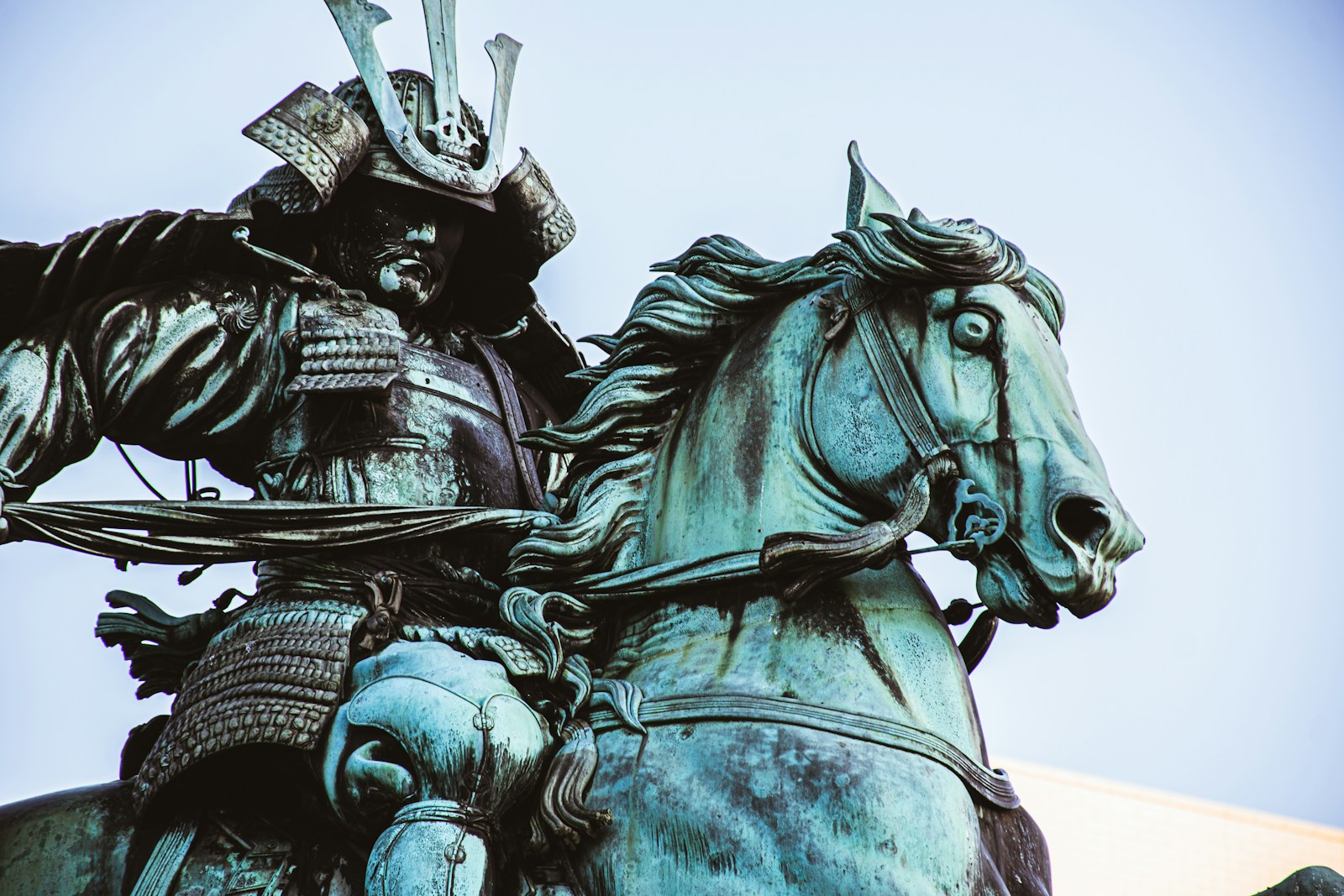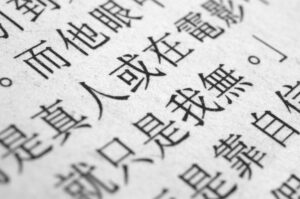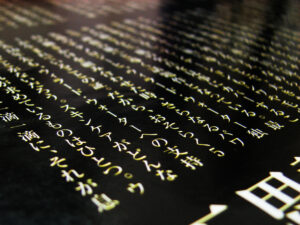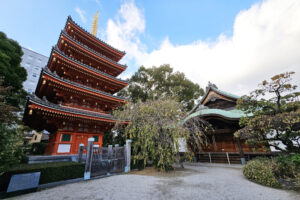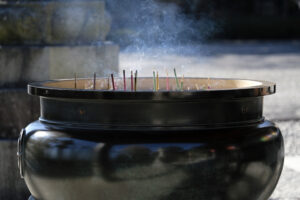Japan’s history is a tapestry woven with the threads of many battles, heroes, and legends, but none as prominent or as enduring as the samurai. These feudal warriors, who first emerged in the early Heian period, have become synonymous with Japanese culture, their legacy enduring far beyond their physical existence. The samurai were not merely swordsmen; they were artists, poets, and philosophers. Their story is one of honor, duty, and sacrifice, navigating through centuries of warfare to shape Japan’s national identity. This article delves into the heart of the samurai ethos, tracing their journey from battlefield protectors to cultural icons.
The Dawn of the Samurai: Warriors Born from Conflict
The inception of the samurai class can be traced back to the late 8th century when the centralized Japanese government employed landowners to maintain order in the countryside. These landowners evolved into the samurai, a warrior class that would dominate Japanese society for centuries. Initially, these warriors served local lords, engaging in conflicts over land and resources. Their martial prowess was not just a matter of personal security but a crucial aspect of maintaining and expanding political power. As the central government’s influence waned, these warriors became indispensable to the lords they served, setting the stage for a society governed by martial strength. The Genpei War (1180-1185) marked a significant turning point, culminating in the establishment of the first samurai-led government, the Kamakura shogunate. This period not only solidified the samurai’s importance in Japanese society but also began the romanticization of their ethos, laying the groundwork for the legendary status they hold today.
Unveiling the Samurai: Beyond the Sword and Armor
To the outside observer, the image of the samurai is often limited to their iconic armor and swords. However, the essence of a samurai was not solely found in their weaponry but also in their culture and lifestyle. Samurai were expected to be skilled not only in martial arts but also in poetry, calligraphy, and the tea ceremony. These cultural pursuits were considered as crucial to a samurai’s development as their combat training. The armor, elegantly crafted and imbued with symbolic meaning, was as much a work of art as a protective garment. Their swords, revered as the samurai’s soul, were crafted by master smiths in a ritualized process that imbued each blade with a spirit of its own. The samurai’s adherence to both the arts of war and peace reflects the complex nature of their role in society—a balance between the fierce warrior and the cultured gentleman.
Bushido: The Ethereal Code of the Samurai Spirit
Bushido, or "the way of the warrior," is perhaps the most defining aspect of the samurai legacy. This ethical code guided samurai behavior, emphasizing virtues such as loyalty, honor, and self-discipline. Bushido was not a written doctrine but a set of principles that evolved over time, influencing every aspect of a samurai’s life. It demanded that samurai uphold their honor and duty, even at the cost of their lives. The concept of seppuku (ritual suicide) epitomizes this commitment to honor, deemed a noble end for samurai who had lost their honor or failed their lords. Bushido’s influence extended beyond the samurai, shaping the moral framework of Japanese society at large. Its ethos of discipline, respect, and loyalty continues to resonate in modern Japan, reflecting the enduring legacy of the samurai spirit.
The Weapons of War: Samurai Mastery Unleashed
The samurai were renowned for their martial skills, honed through rigorous training and battlefield experience. While the katana, with its curved, slender blade, is the most iconic samurai weapon, their arsenal was diverse. It included the yari (spear), the naginata (a type of polearm), and various types of bows. The samurai were also adept in unarmed combat and the use of smaller weapons like the tanto (knife). Their mastery extended to horseback riding, archery, and tactics, making them formidable opponents on the battlefield. The development of these weapons and techniques was a response to the evolving nature of warfare in feudal Japan, requiring samurai to be versatile and adaptable. The artistry and craftsmanship involved in making samurai weapons further highlight the cultural significance of martial prowess in samurai culture.
Daily Lives of Feudal Japan’s Fierce Protectors
The daily life of a samurai varied greatly depending on their rank and the period in which they lived. However, a constant was their dedication to training and self-improvement. A typical day might begin with meditation and martial practice, followed by study and the performing of duties for their lord. Samurai were expected to be role models of discipline and virtue, embodying the principles of Bushido in all aspects of life. Their residences, often located within castle towns, reflected their status and were centers of learning and culture. The samurai’s diet was simple, focusing on rice, vegetables, and fish, with meat consumption being relatively rare. This disciplined lifestyle was a reflection of their readiness for battle, emphasizing the importance of physical and spiritual health.
Samurai Training: From Youth to Battlefield
Samurai training began in childhood, with young boys undergoing rigorous instruction in martial arts, strategy, and the cultural arts. This education was not only about combat skills but also about instilling the values of duty, loyalty, and honor. Young samurai were often sent to serve in the households of their lords, a practice known as squirehood, where they would continue their training and learn the intricacies of samurai life. The culmination of this training was the genpuku, a coming-of-age ceremony that marked a young samurai’s transition into adulthood and their acceptance as a full-fledged warrior. This comprehensive training ensured that samurai were not merely fighters but well-rounded individuals equipped to serve their lords in various capacities.
The Role of Women in Samurai Culture Unveiled
Women in samurai culture held significant, though often overlooked, roles. They were the custodians of their households and, in the absence of their husbands, took on the responsibility of managing household affairs and even defending their homes. Samurai women were trained in the use of weapons, such as the naginata, to protect themselves and their families. They were also the bearers of their families’ honor, expected to embody the virtues of loyalty and bravery. The tales of "onna-bugeisha" (female warriors) highlight the active roles women played in battles, demonstrating that the spirit of the samurai was not confined to men. Moreover, women were instrumental in preserving samurai traditions, passing down the values of Bushido to their children and ensuring the continuation of the samurai legacy.
Shoguns and Ronin: The Hierarchy of Honor
The samurai society was underpinned by a strict hierarchy, with the shogun, the military dictator, at the apex. Below the shogun were the daimyo, powerful warlords who controlled vast lands and commanded their own armies of samurai. The relationship between a samurai and his lord was governed by the principle of loyalty; a samurai was expected to serve his lord with unwavering devotion. Ronin, samurai without masters, occupied a unique position in this hierarchy. Some were dispossessed warriors; others chose the life of a ronin to serve their own ends. Despite their masterless status, ronin retained their identity as samurai, adhering to the principles of Bushido and seeking to restore their honor through service or martial prowess.
Famous Battles That Shaped Samurai Legend
Numerous battles throughout Japanese history have come to define the samurai legend, showcasing their martial valor and strategic brilliance. The Battle of Sekigahara in 1600 was one such conflict, resulting in the establishment of the Tokugawa shogunate and ushering in a period of peace that lasted over two centuries. Earlier, the Mongol invasions of the 13th century tested the samurai’s mettle, as they defended Japan against one of the greatest empires in history. These battles were not only military engagements but also moments of profound cultural significance, reinforcing the ideals of bravery, sacrifice, and honor that defined the samurai ethos.
The Fall of the Samurai: An Era Comes to an End
The arrival of Commodore Perry’s "Black Ships" in 1853 and the subsequent opening of Japan to the West marked the beginning of the end for the samurai. The Meiji Restoration of 1868 sought to modernize Japan, abolishing the feudal system and, with it, the samurai’s traditional role. Many samurai participated in the rebellion against the new imperial government, most notably in the Satsuma Rebellion of 1877. However, these efforts were ultimately futile in the face of modernization. The samurai class was officially dissolved, its members encouraged to integrate into the new societal structure as bureaucrats, businessmen, and professionals. This transition was not merely a change in occupation but a profound transformation of Japanese society, signaling the end of an era.
From Warriors to Legends: The Cultural Legacy of Samurai
Despite their physical absence, the spirit of the samurai permeates Japanese culture. From literature and film to martial arts and philosophy, the legacy of the samurai is celebrated and revered. The tales of legendary warriors and epic battles continue to inspire, embodying ideals of courage, loyalty, and honor. Samurai principles have been integrated into various aspects of modern life, influencing business practices, education, and personal conduct. The global fascination with samurai culture underscores its universal appeal, transcending cultural and temporal boundaries to captivate the imagination of people around the world.
Samurai in Modern Japan: Echoes of the Past
In contemporary Japan, the samurai’s influence can be seen in the enduring values of discipline, respect, and honor in everyday life. Annual festivals and reenactments celebrate samurai history and heritage, keeping the spirit alive in the national consciousness. Furthermore, the martial arts, once essential skills for the samurai, remain popular, with disciplines like kendo and judo practiced both as sports and as means to cultivate character. While the samurai may belong to the past, their ethos continues to shape the present, serving as a guiding light for future generations in Japan and beyond.
The samurai have transcended their historical confines to become symbols of a culture that values honor above life itself. Their story, from the battlefields of feudal Japan to the pages of modern literature, reflects the enduring human quest for meaning and identity in the face of mortality. As we explore the legacy of these legendary warriors, we uncover not just the history of a people but the essence of the human spirit. The samurai remind us that in the heart of conflict lies the potential for beauty, honor, and heroism, a lesson as relevant today as it was centuries ago. In tracing the path of the samurai, we discover not only the soul of Japan but also a mirror for our own.
